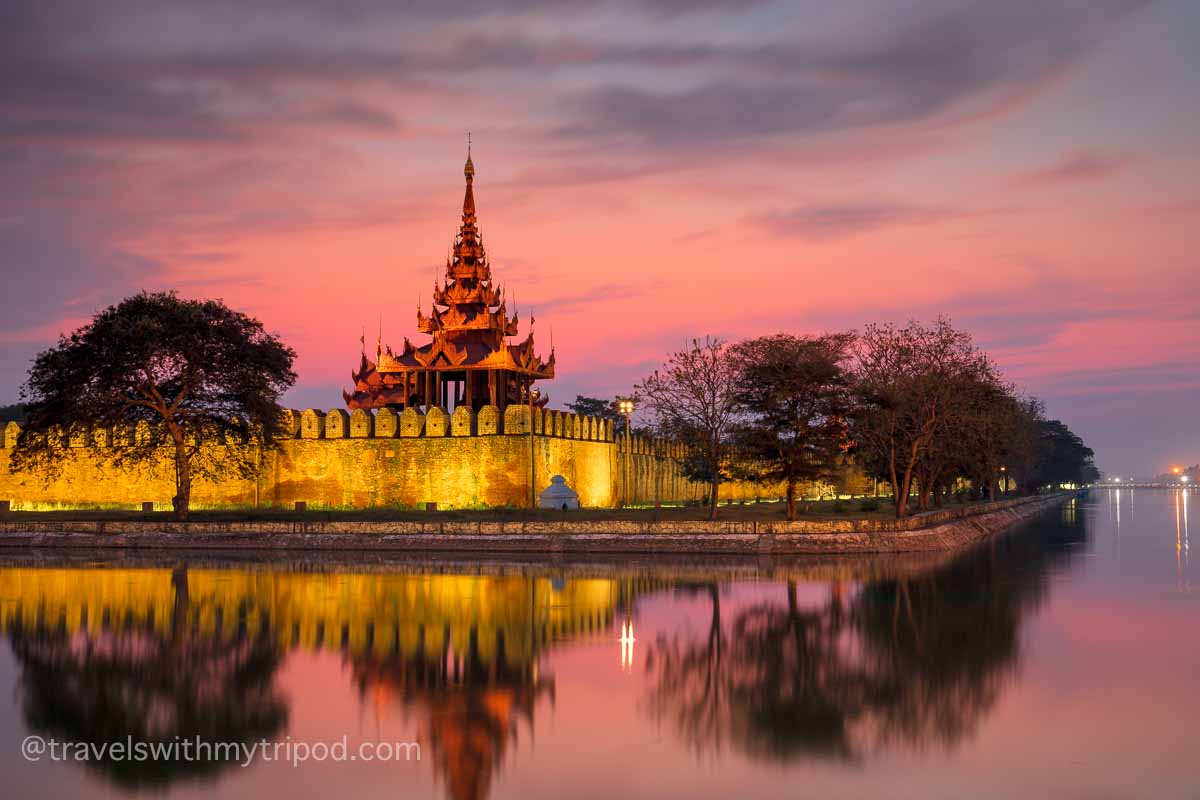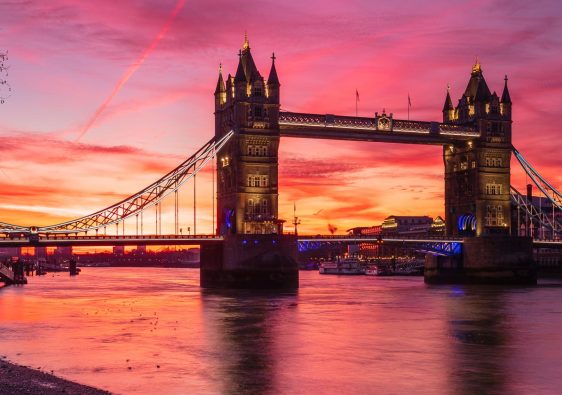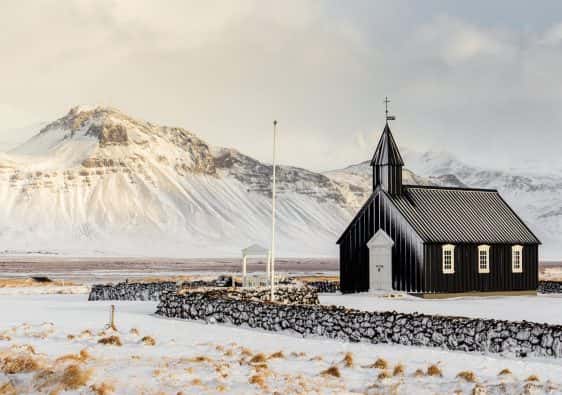Mandalay is the second-largest city in Myanmar and is located on the east side of the Irrawaddy River. Here you will find a bustling river life, impressive pagodas and friendly locals.
I spent a couple of days in Mandalay during a trip to Myanmar in 2018 and tried to capture the essence of this city with my camera. I hope this set of photos of Mandalay will give you a flavour of what it was like to visit.
The Irrawaddy River
The Irrawaddy River is Myanmar’s largest river and is sometimes referred to as “The Road to Mandalay” from Rudyard Kipling’s poem.
It plays a vital role in providing transport in the area and there are a variety of boats of various shapes and sizes moored up alongside the riverbank, as well as motoring along carrying people and goods. As well as transport families use the riverbanks to wash clothes, sell goods and collect water.
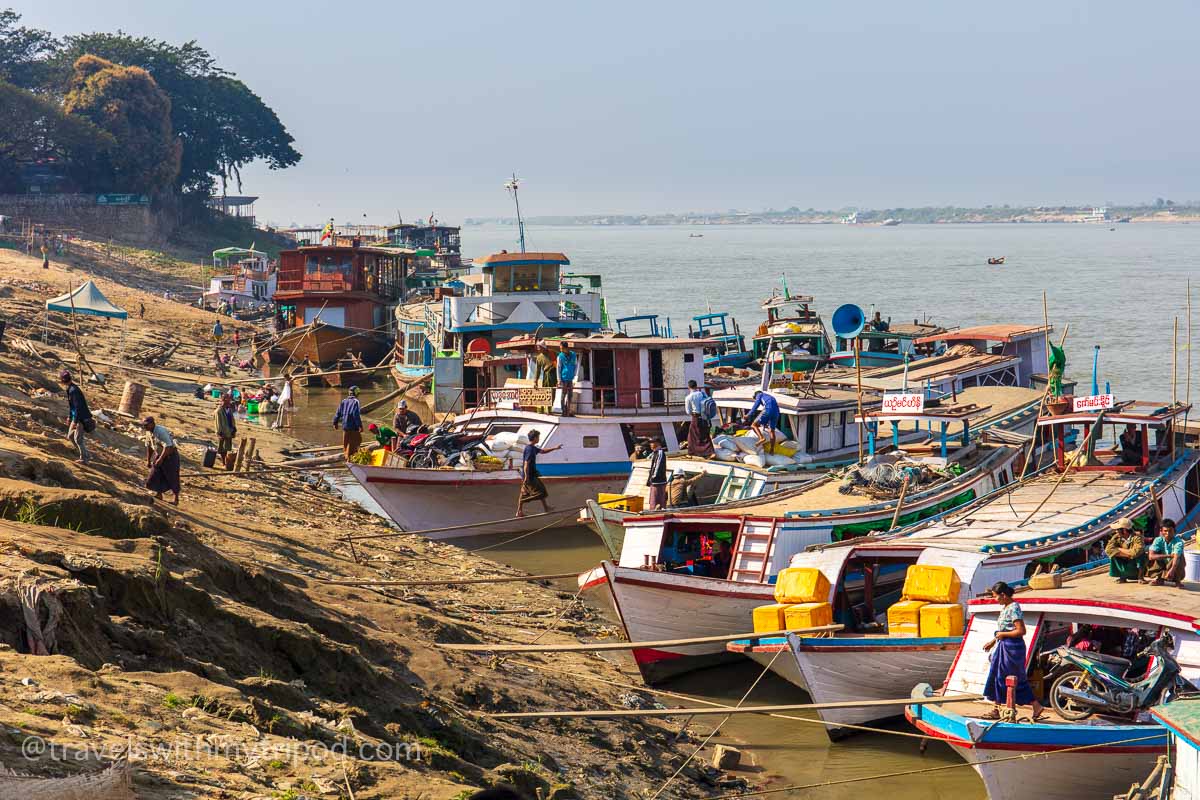
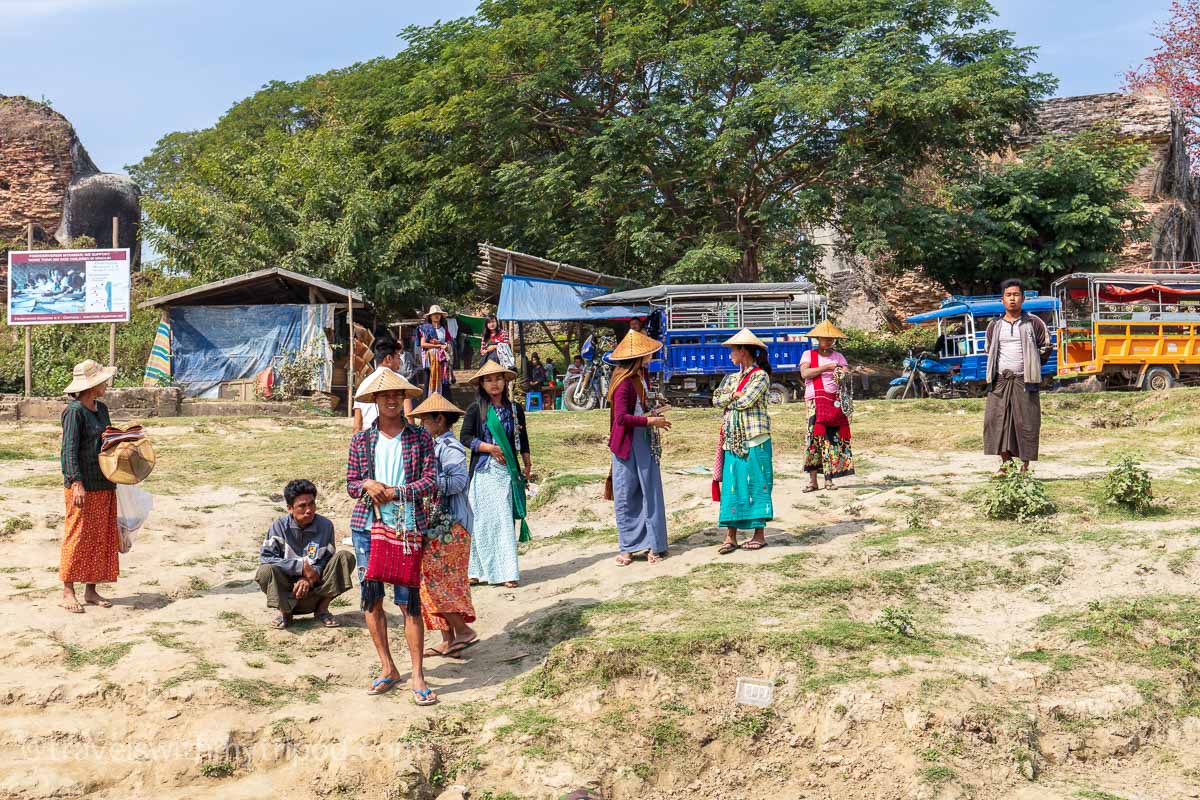
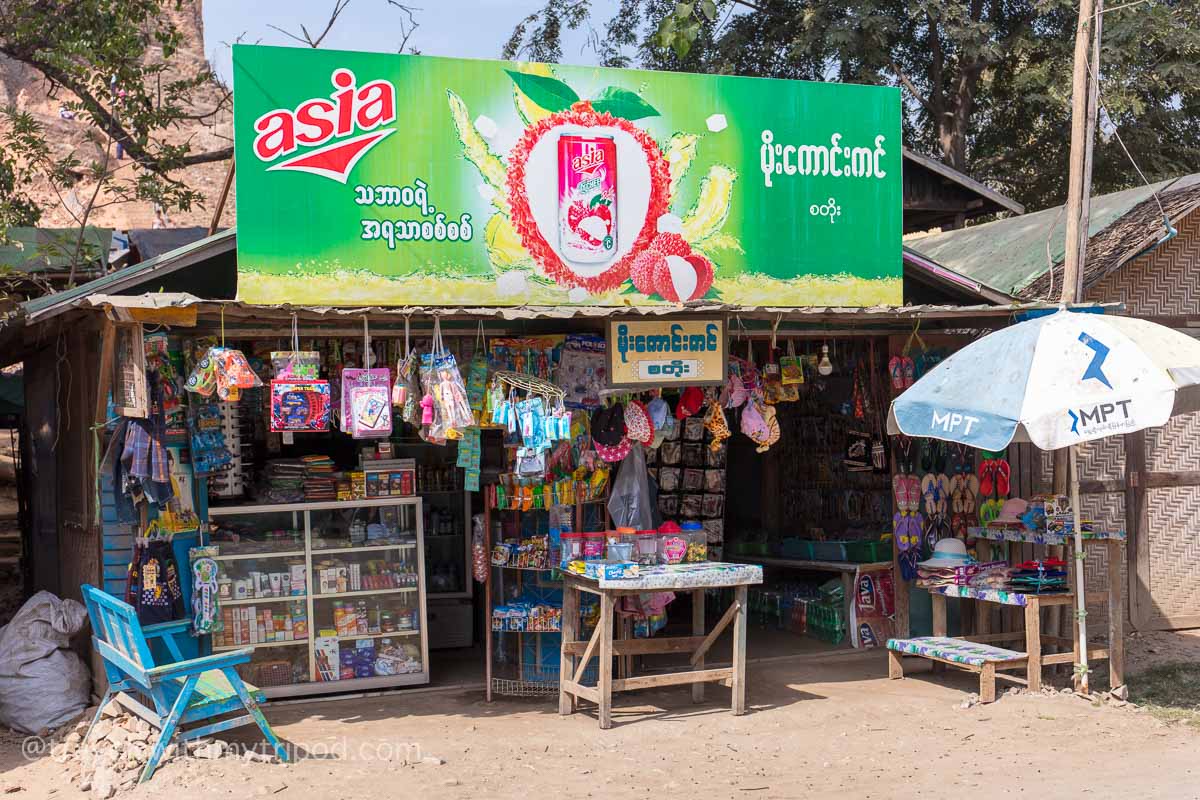
Hsinbyume Pagoda
Hsinbyume Pagoda (also known as Myatheindan Pagoda) is a large Buddhist pagoda from the 19th century located in Mingun, just across the other side of the river to Mandalay. Its white-painted exterior is modelled on a legendary mountain.
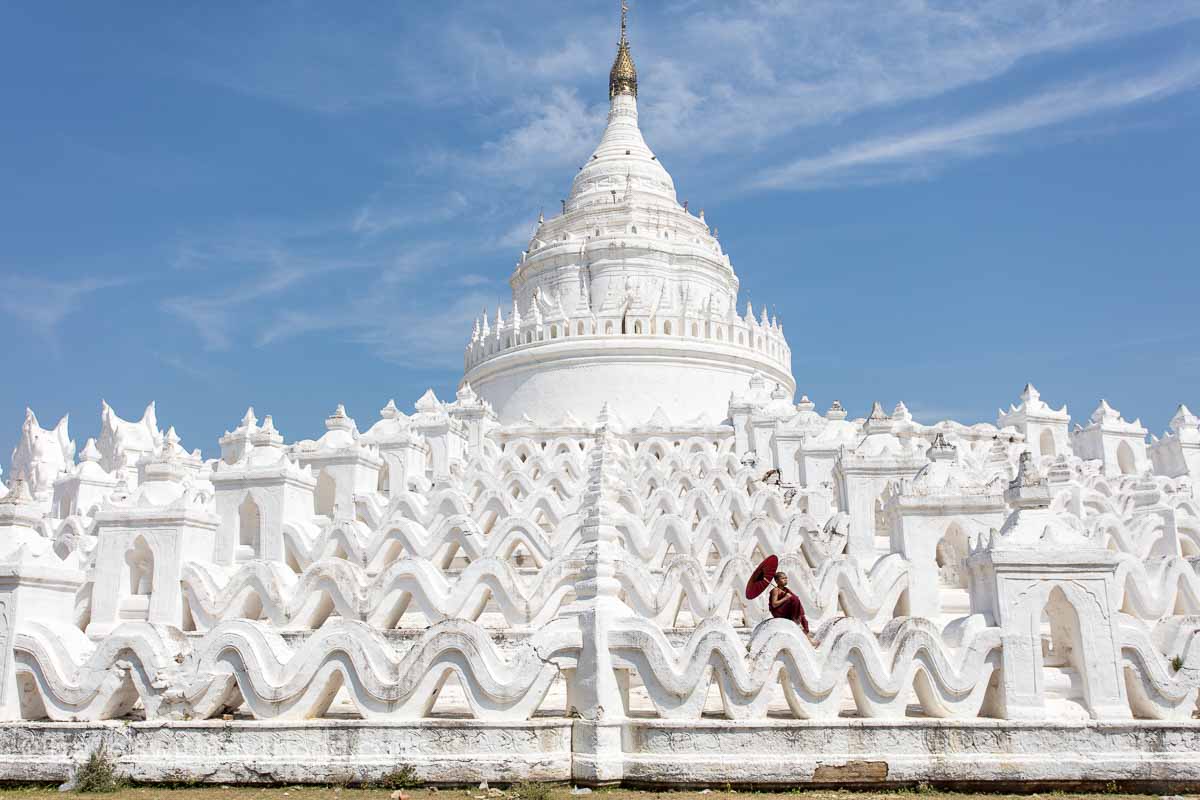
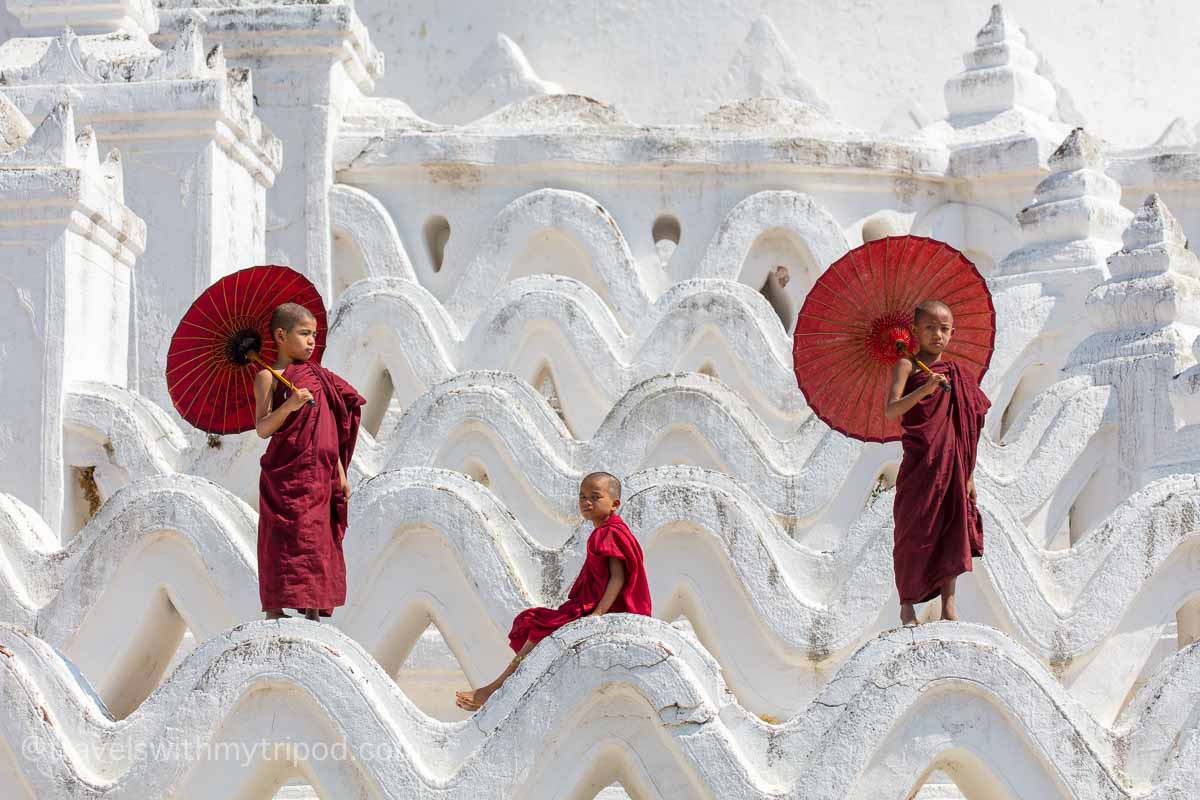
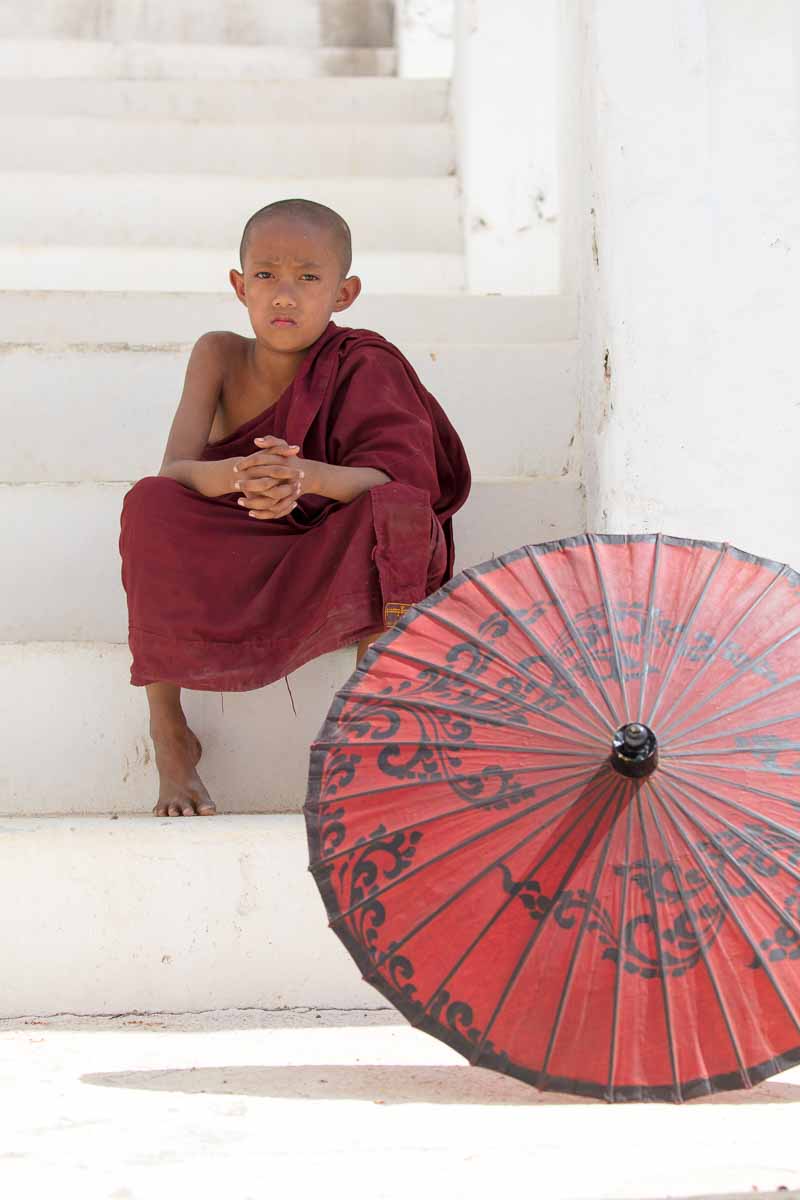
Mingun Pahtodawgyi
Also in Mingun, The Pahtodawgyi is a large stupa (a mound-like or hemispherical structure containing relics that is used as a place of meditation). Construction started in 1790, but was left unfinished due to a prophecy that foretold the death of the king if construction was completed.
At 50 metres tall it is huge and imposing, despite only reaching 1/3 of the 150 metre height it was originally designed to be. Even so it still apparently holds the record for being the largest pile of bricks in the world.
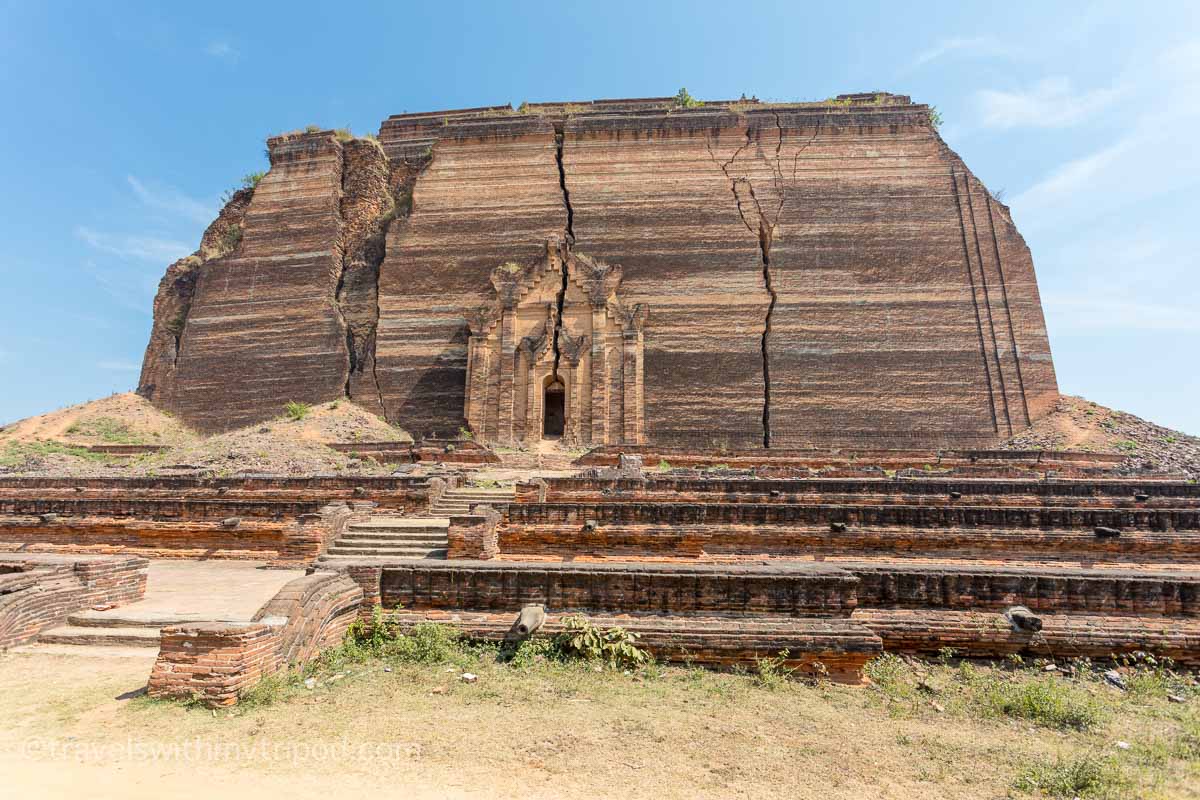
Taungthaman Lake and the U Bein Bridge
Taungthaman Lake is located near Amarapura, just to the south of Mandalay. It’s famous for the U Bein Bridge which is believed to be the oldest and longest teakwood bridge in the world. This is a popular spot to watch sunset, with a large number of small wooden boats taking tourists out into the water. The lake is also a source of food and the local fishermen throw their nets out wide from their small wooden rowing boats to catch fish.
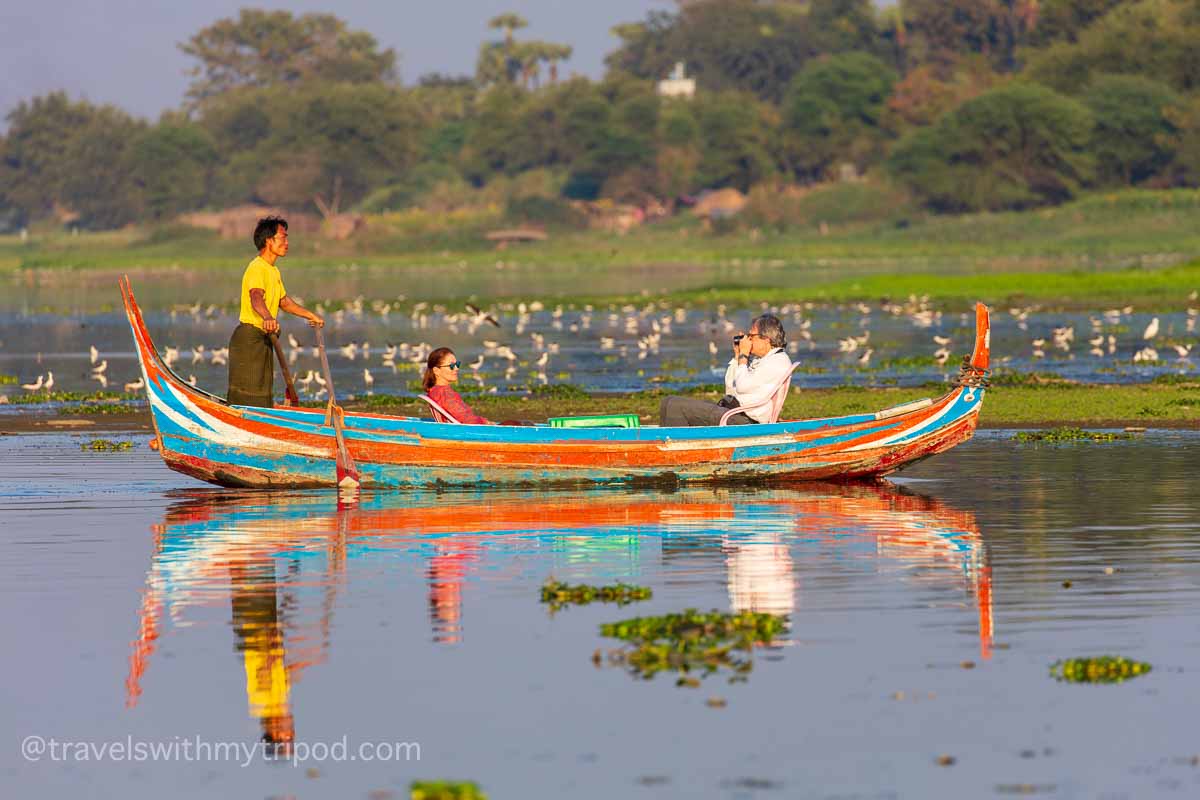
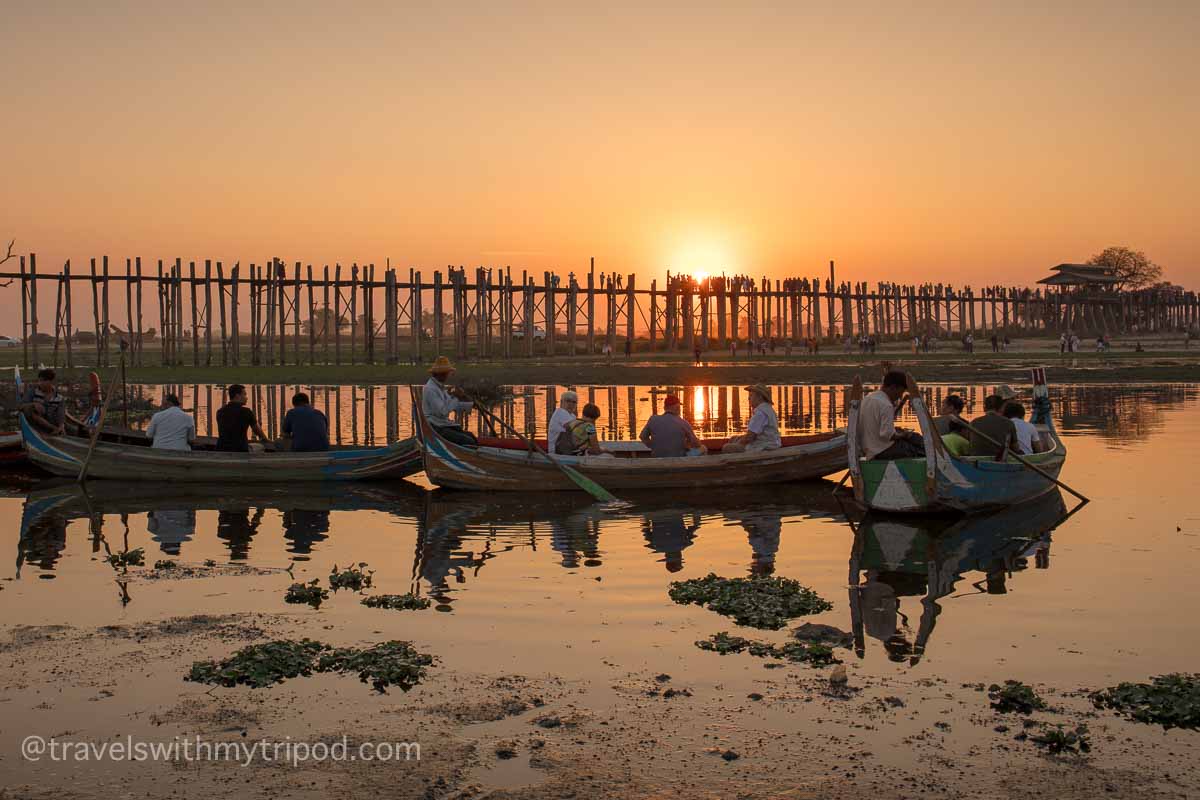
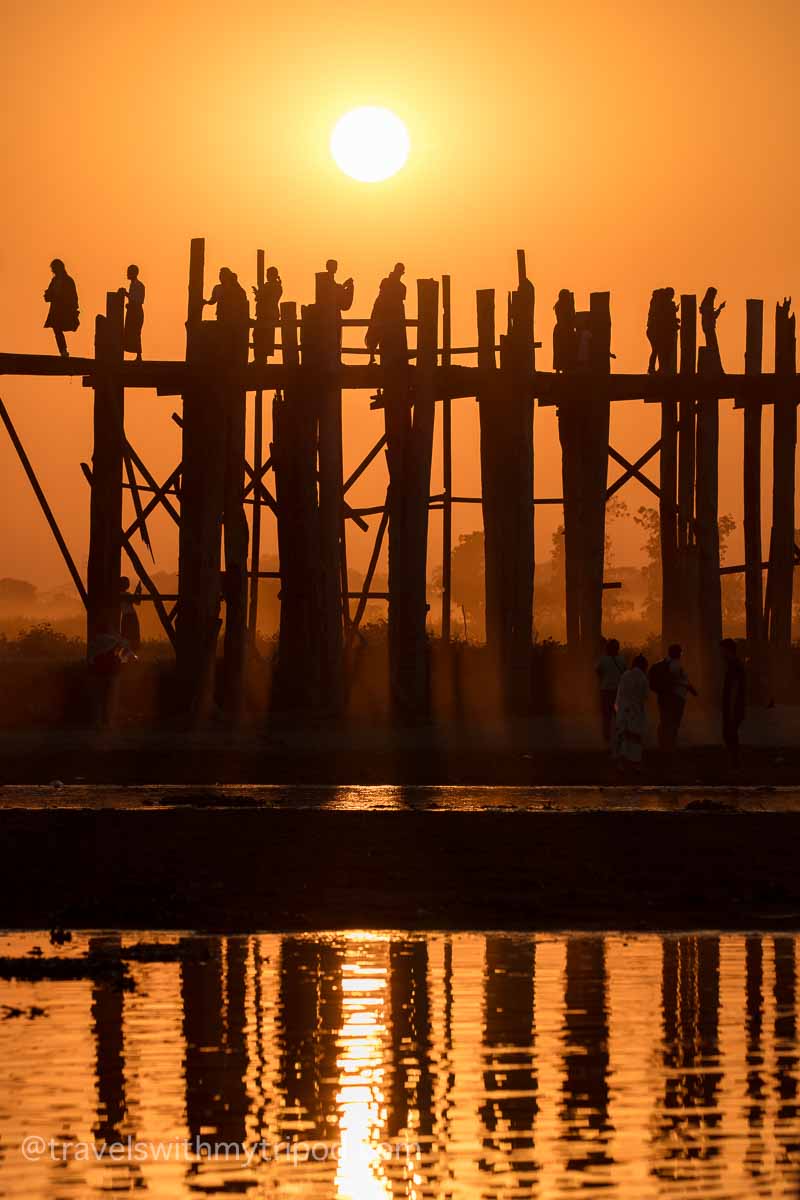
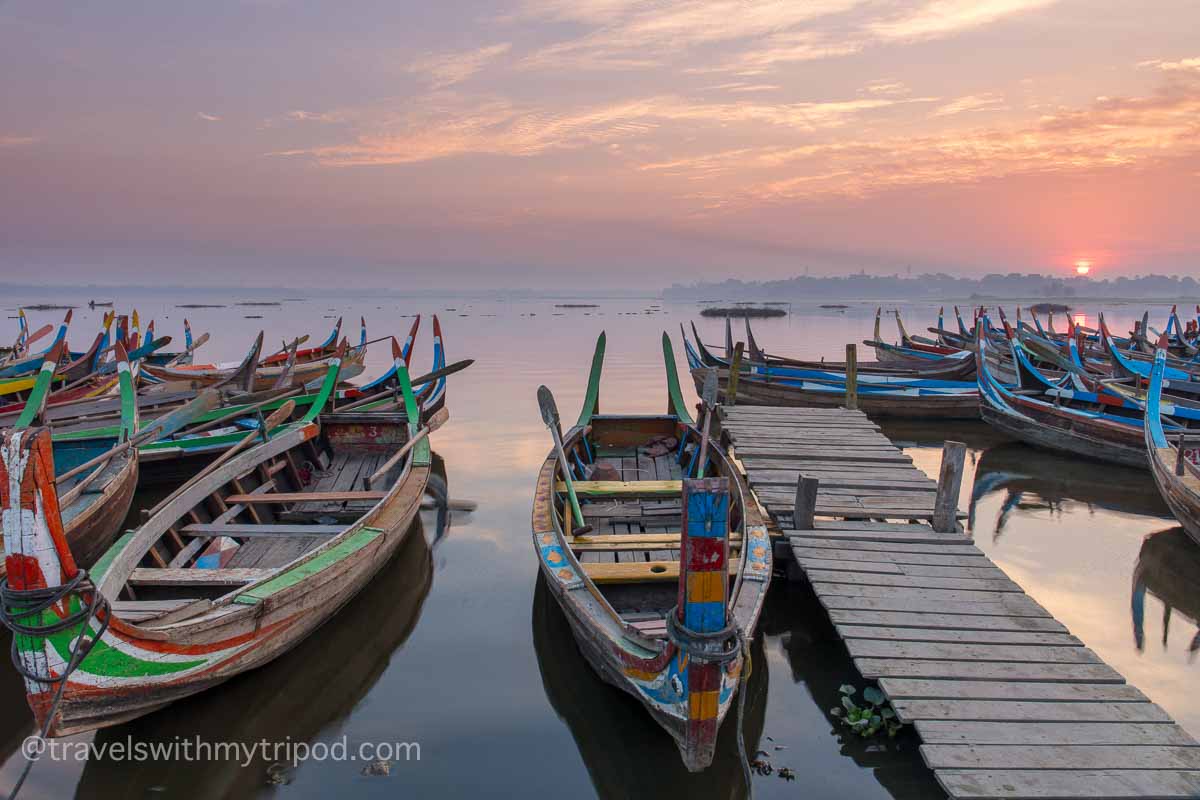
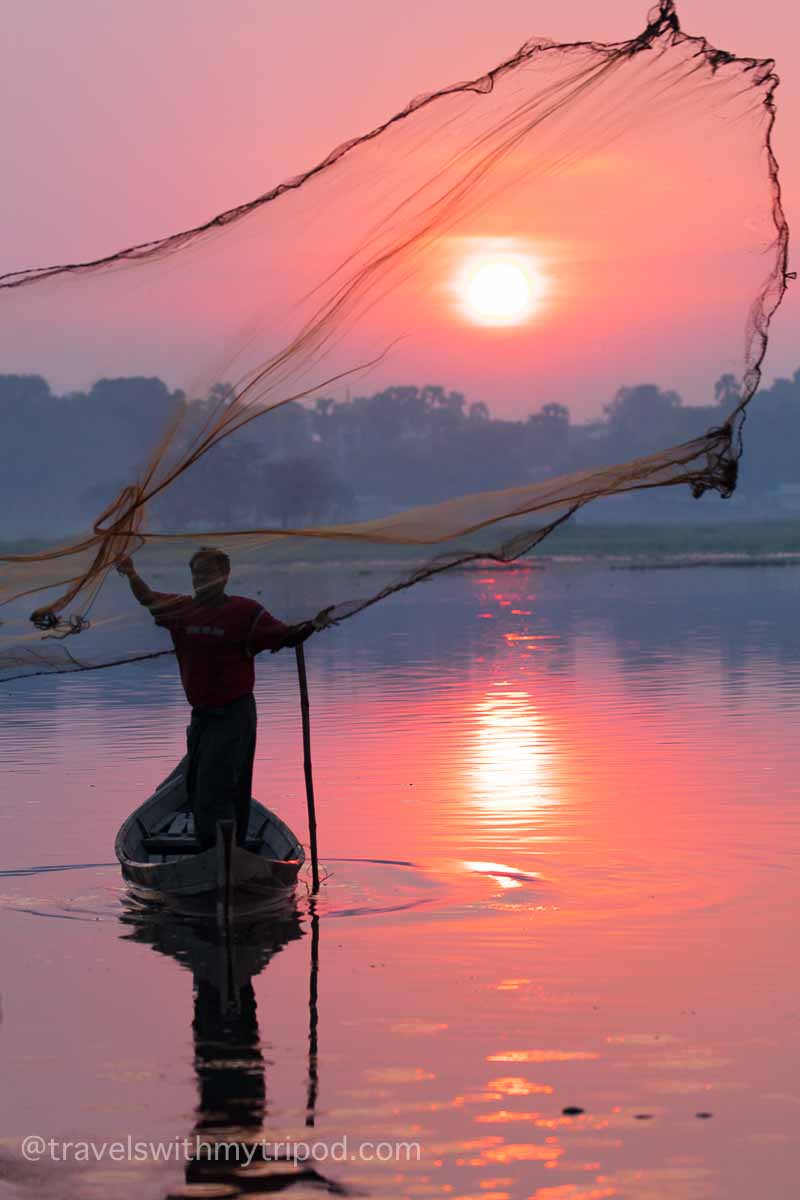
Thetkya Thidar Nunnery
Located in Sagaing is the Thetkya Thidar Nunnery. At lunchtime it’s possible to witness the daily routine of the young nuns lining up ready to be served their food.
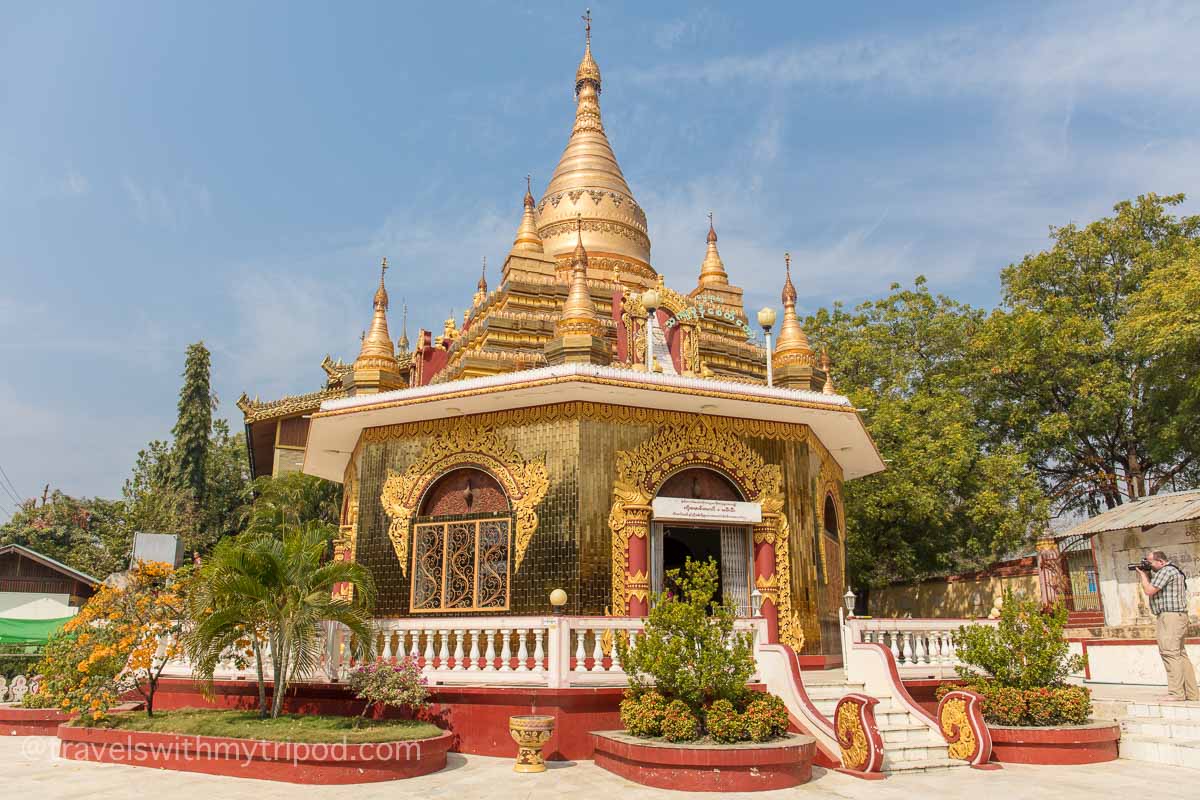
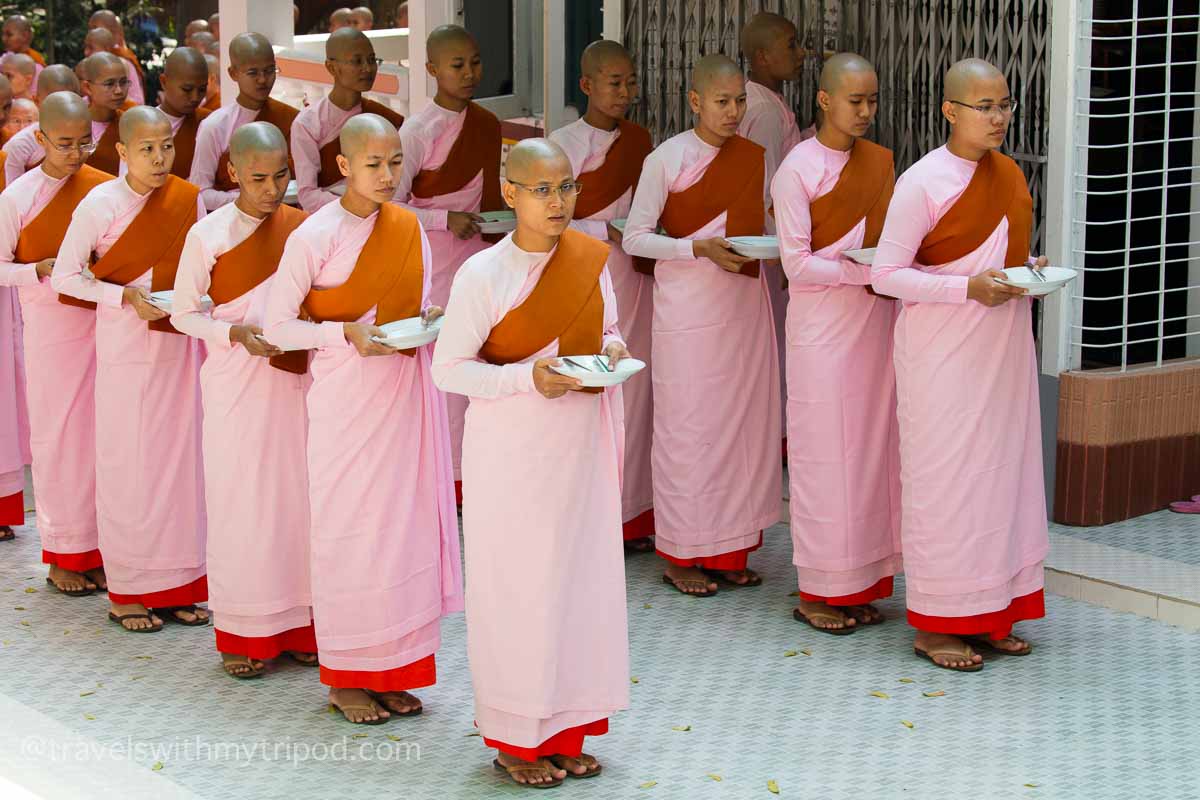
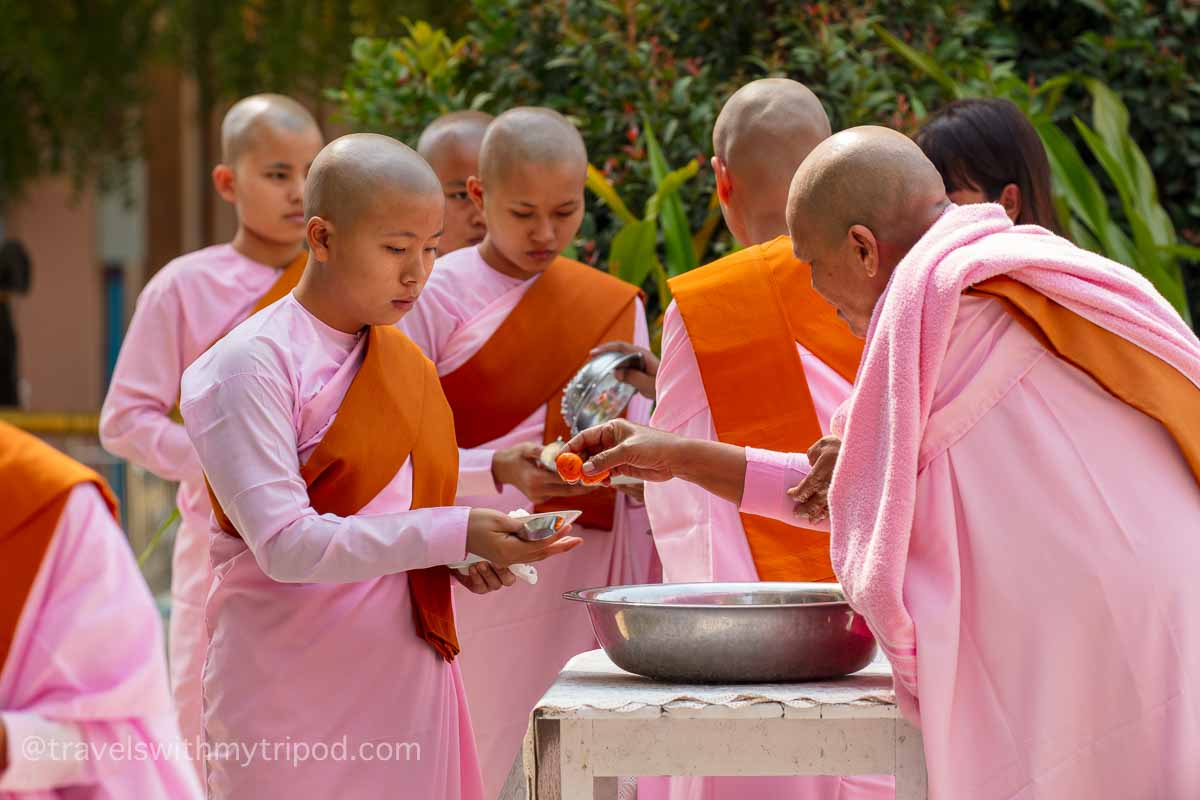
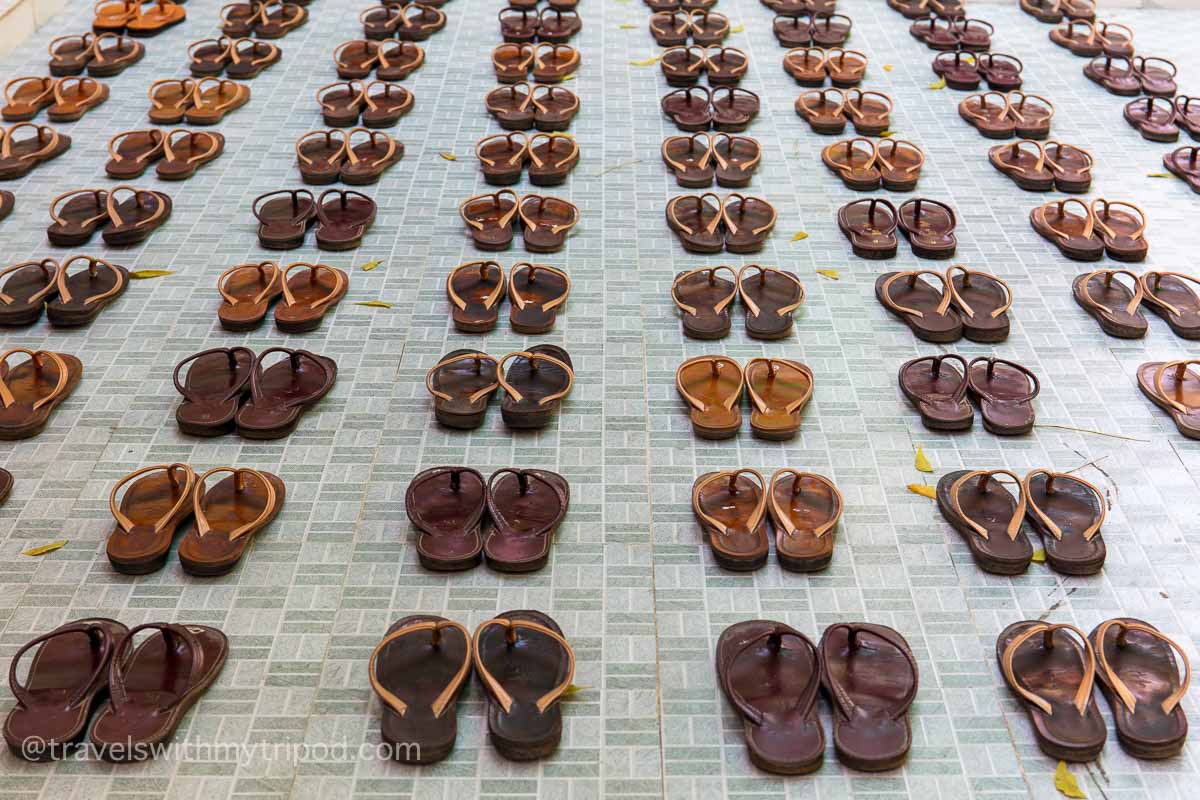
Aung Myae Oo Monastic Free Education School
In 2003, a monk, the Venerable Vilasa, founded The Aung Myae Oo school. He wanted to give an opportunity for education to children in the northern regions severely affected by warfare and to children from poor families in the Sagaing region. Currently the school provides free education to over 3,000 children. It is also an orphanage and provides a home for over 300 kids.
During break time the children play in the grounds – small groups enjoying the swings as young boys dressed in dark red robes kick a football around. Others sit on the ground engrossed in a cartoon playing on a TV fitted to the outside of one of the buildings.
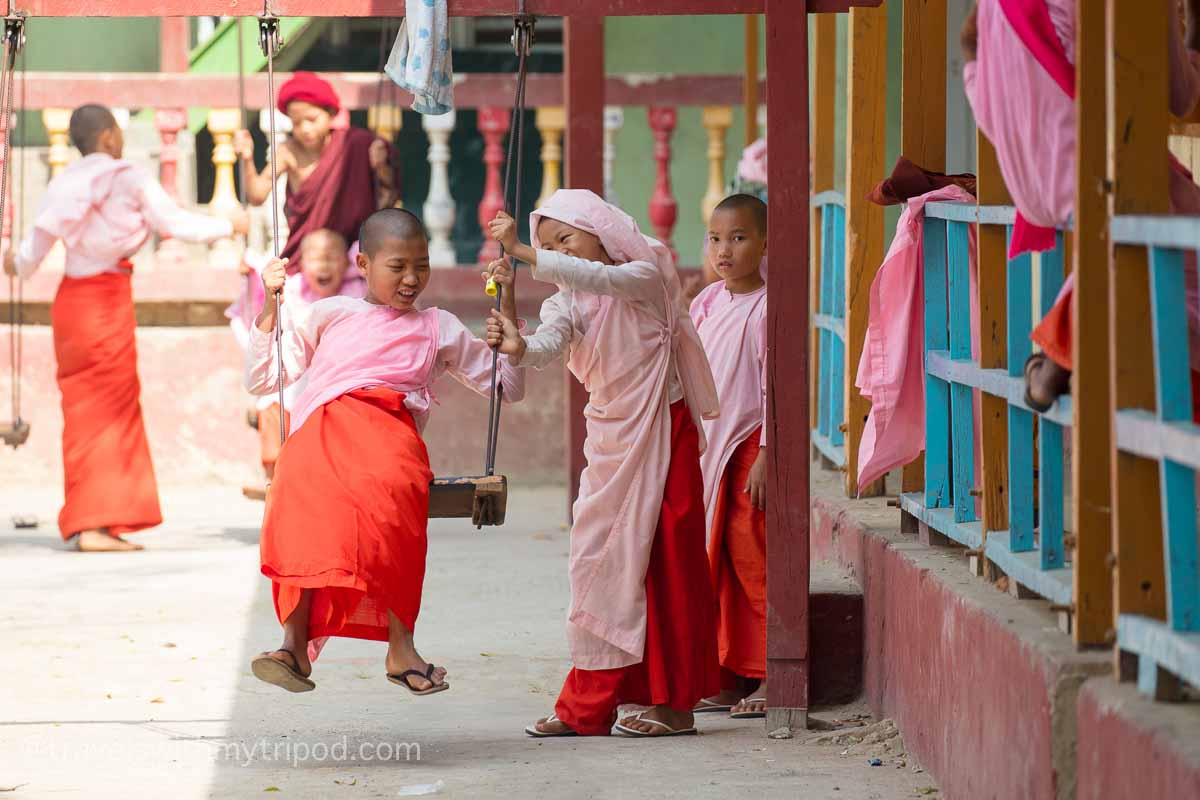
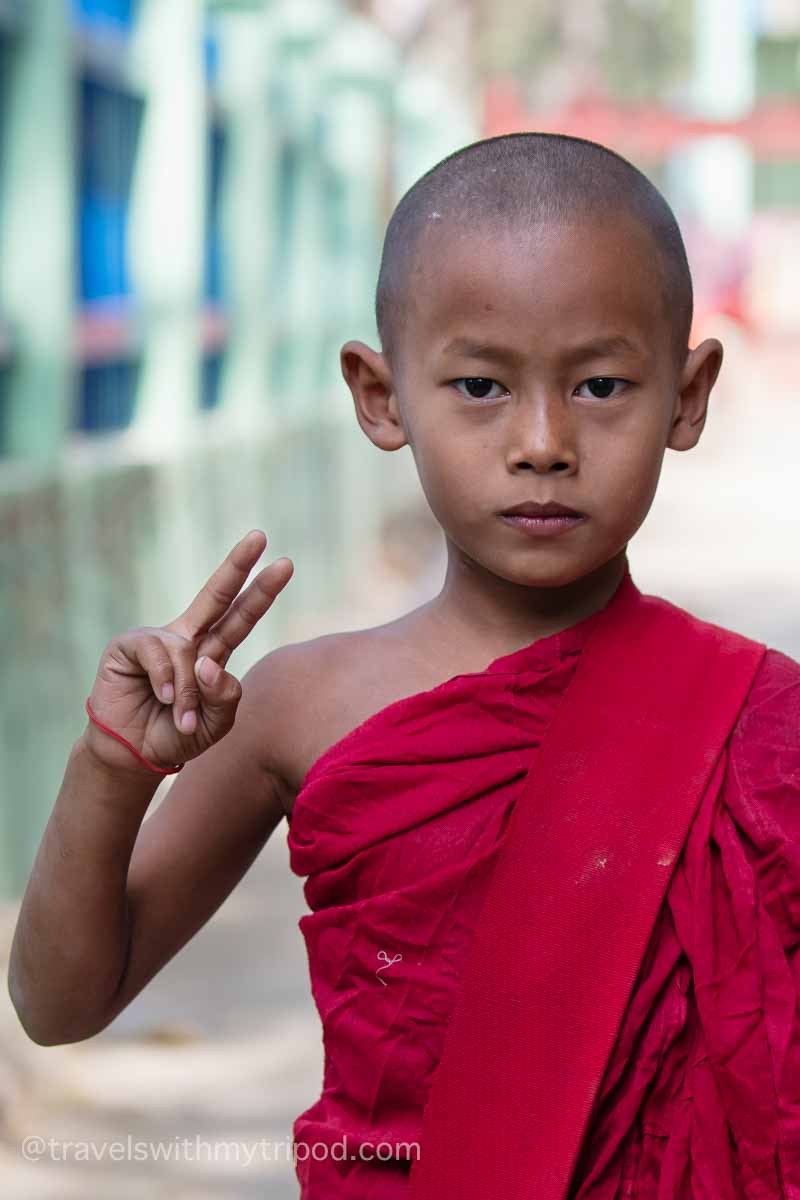
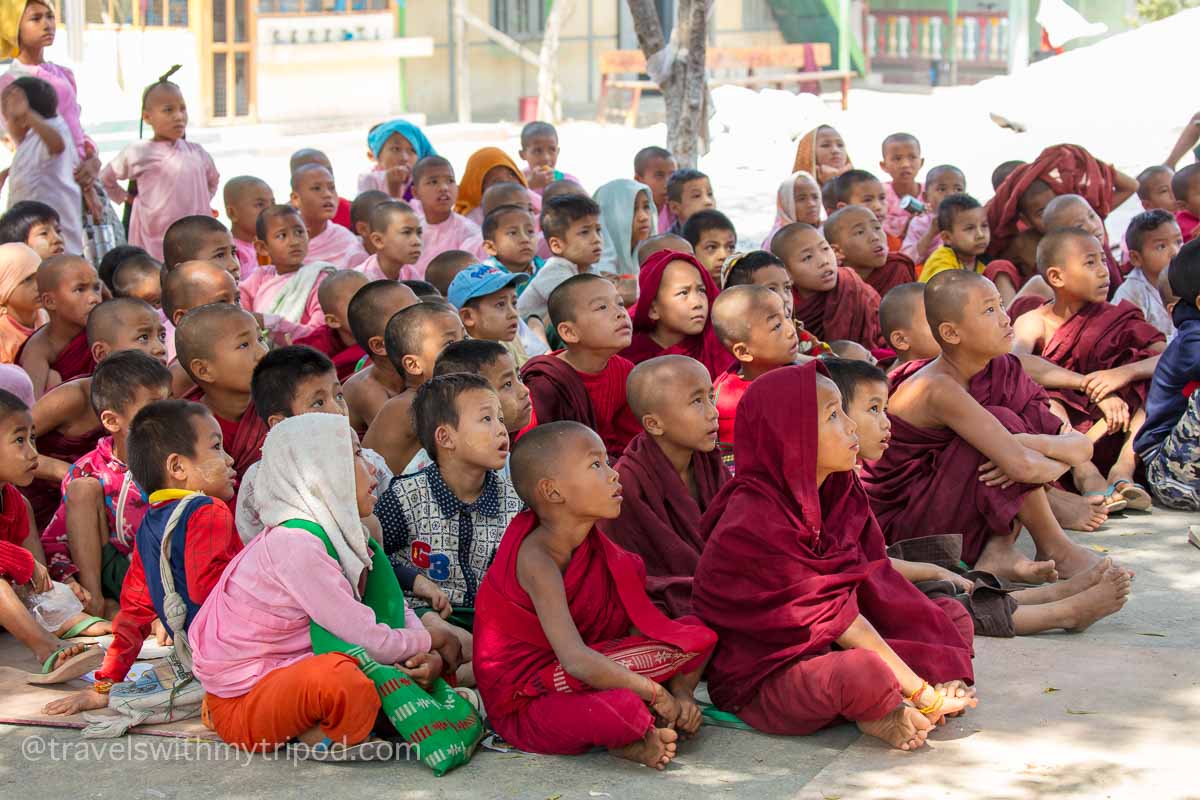
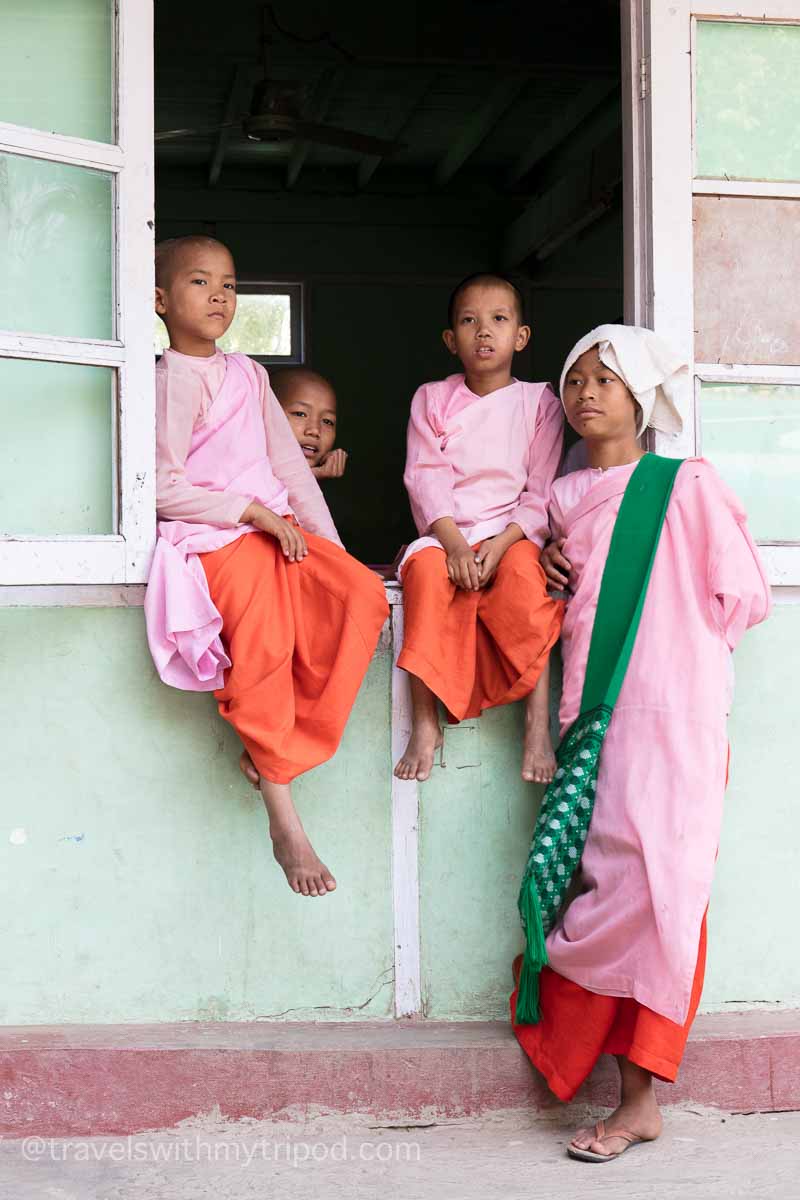
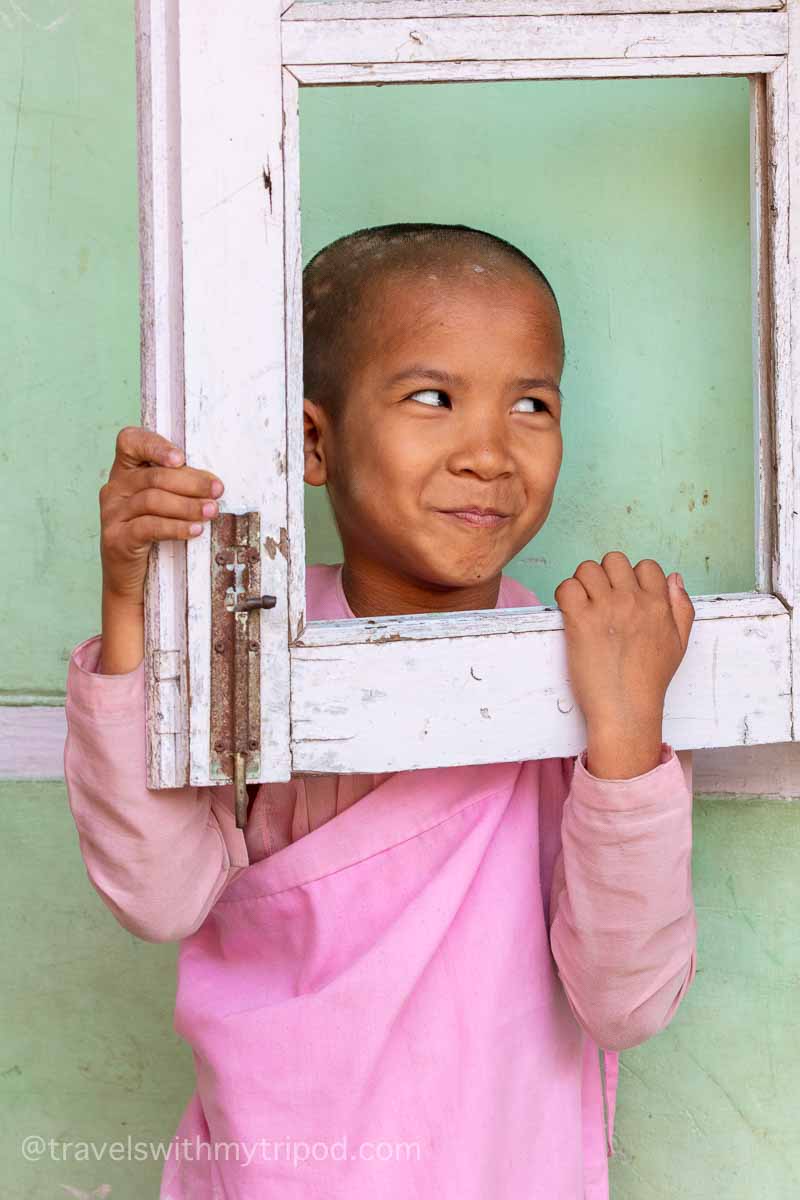
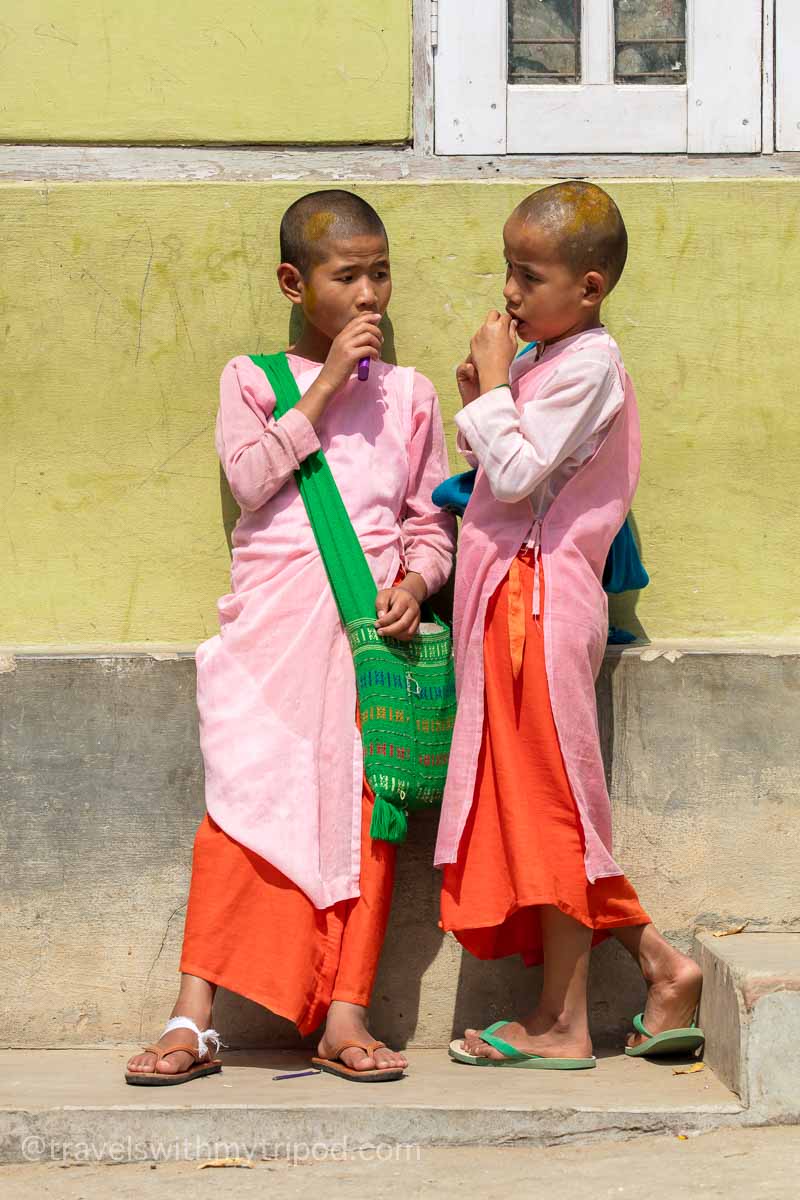
Umin Thoneze Pagoda
The Umin Thoneze Pagoda is a Buddhist stupa located in Sagaing. Originally founded in the early 14th century, it was rebuilt in the mid-19th century after being destroyed by an earthquake.
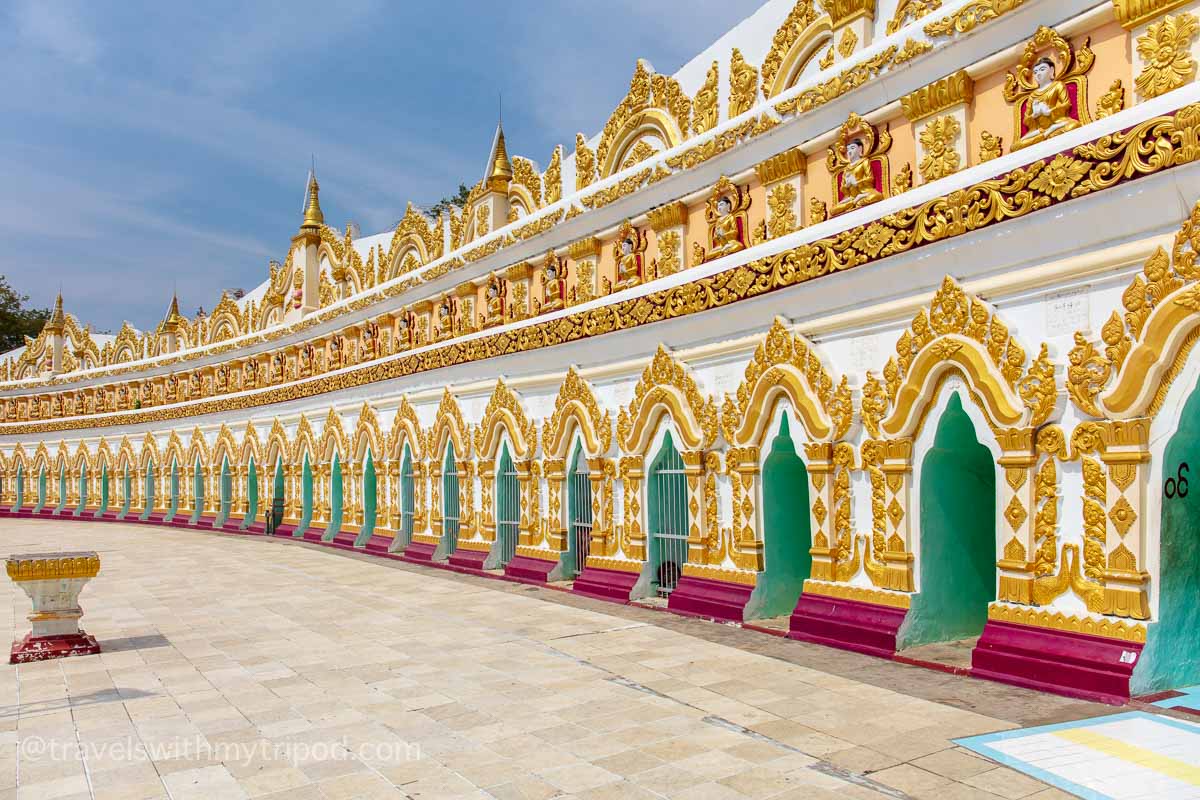
It is famous for its 45 statues of Buddha, lined up in a curve – a very impressive sight!
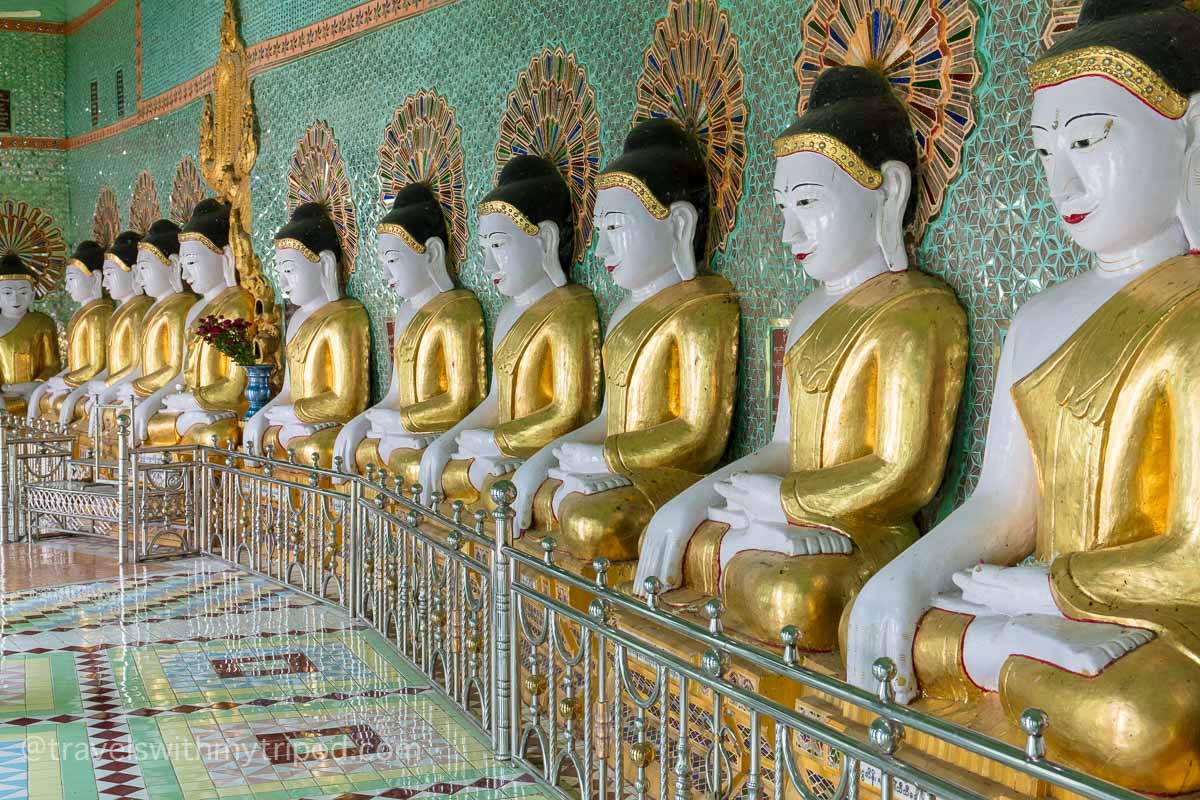
Marble stone carving in Mandalay
Mandalay is renowned for its stonemasons, who have earned a reputation for their work with marble, which is mined nearby. There is a particular street in Mandalay that is the centre of marble carving in Mandalay.
It is packed with workshops creating pieces of all sizes, white statues of Buddha in a variety of sizes as far as you can see. The craftsmen and women work outside on the street, surrounded by their work in various states of completion. Masks and other protection aren’t really a thing here, and the fine dust covers everything – almost turning the people creating the statues into statues themselves.
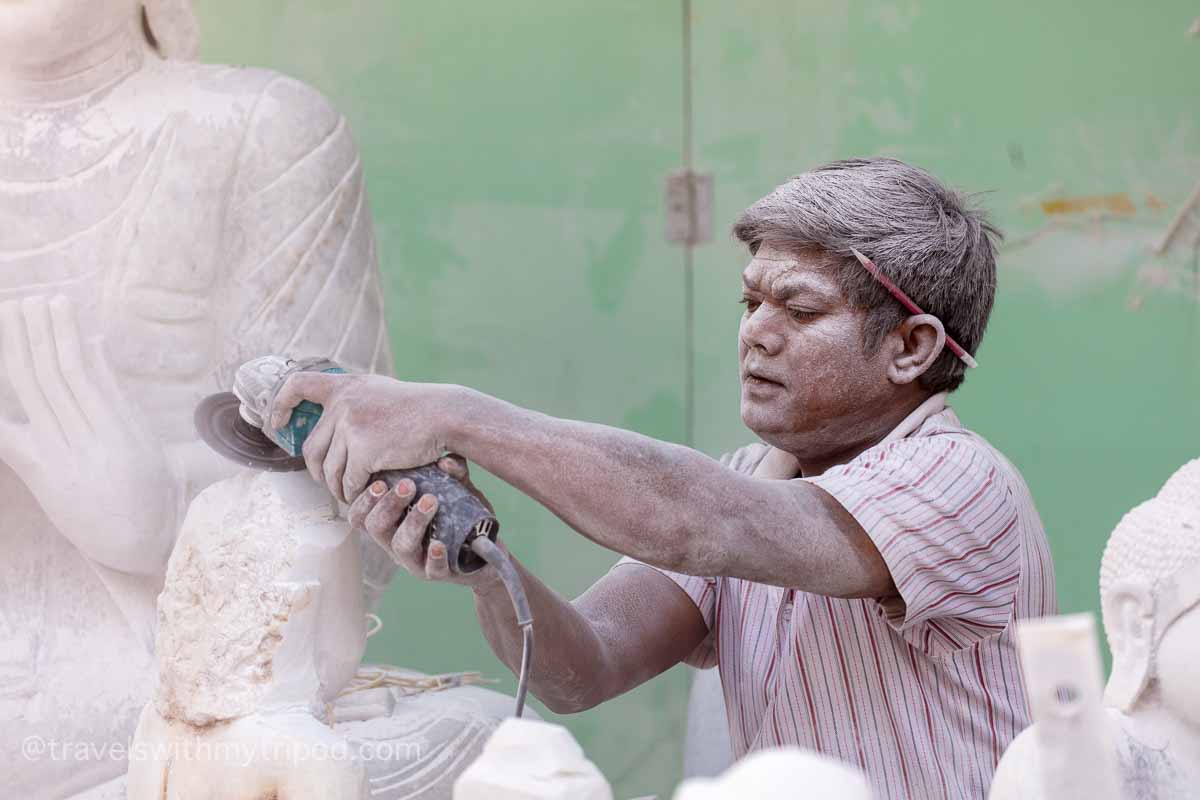
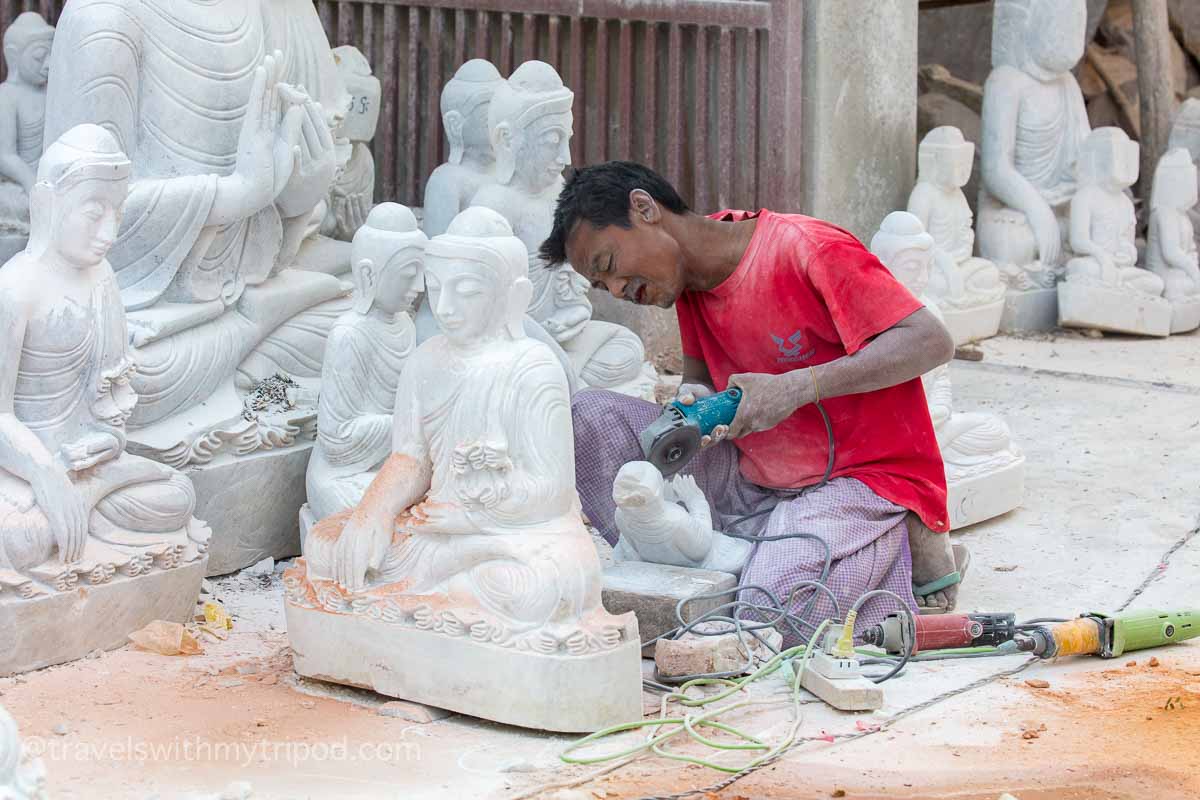
Kuthodaw Pagoda
Another of the impressive stupas located in the Mandalay area, Kuthodaw Pagoda is also famous is it contain the world’s largest book.
The stupa itself is very impressive – the gold-covered dome reaching 57 metres high. In the grounds of the pagoda are more than 700 small white stupas, each containing a large marble slab. These are inscribed on both sides with a page of text from the Tipitaka, a collection of Buddhist sacred scriptures. In total there are 730 tablets and 1460 pages, with each page measuring over 1.5 metres tall – a very impressive sight!
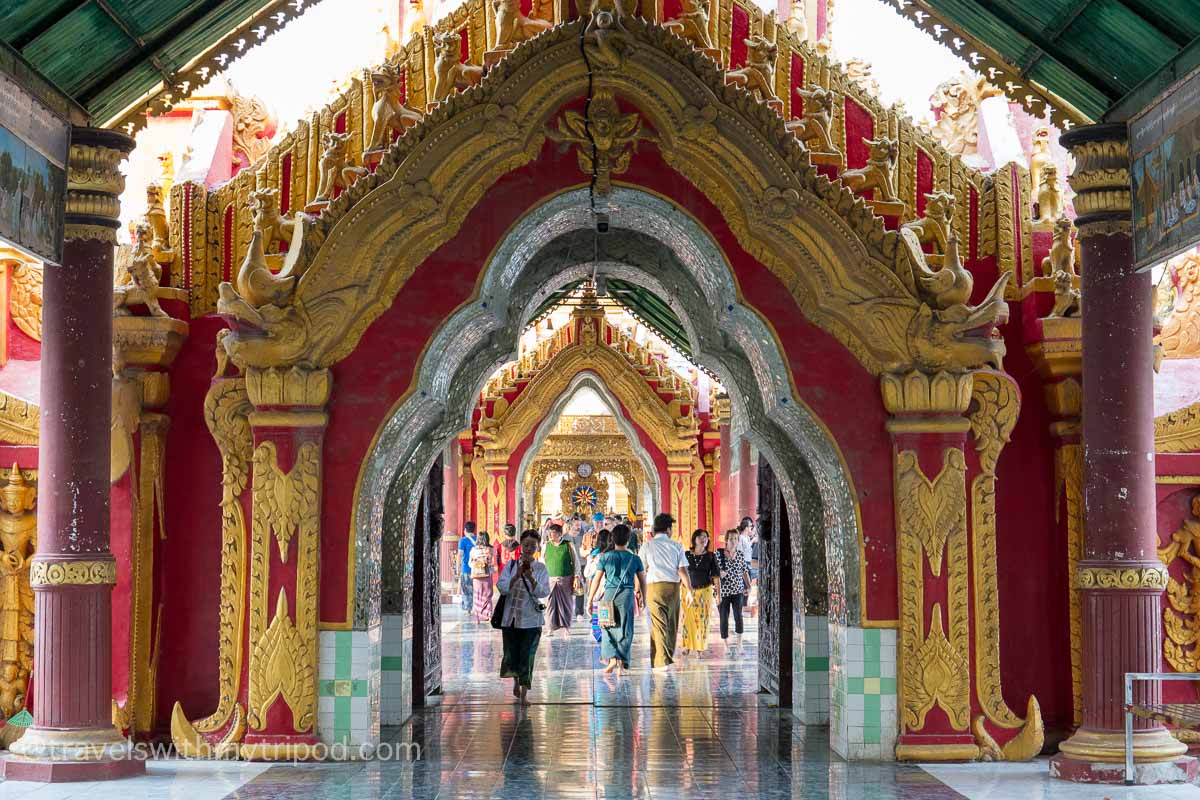
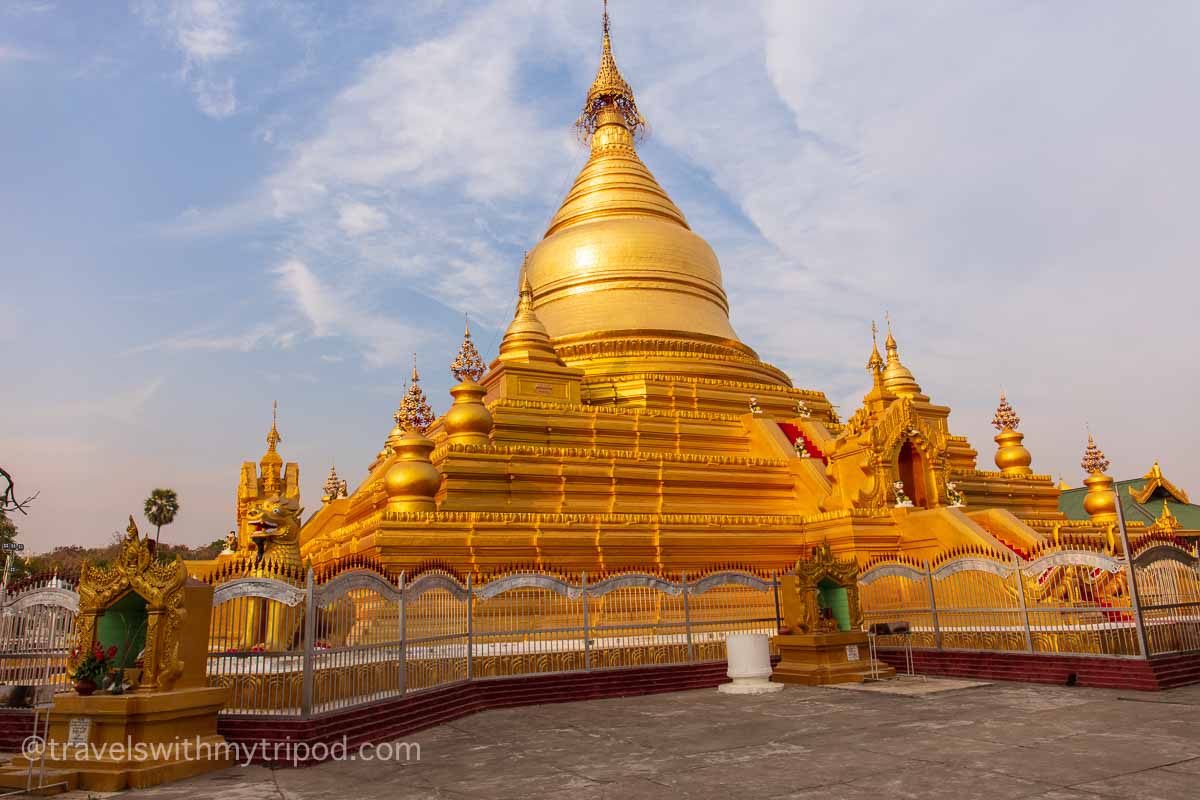
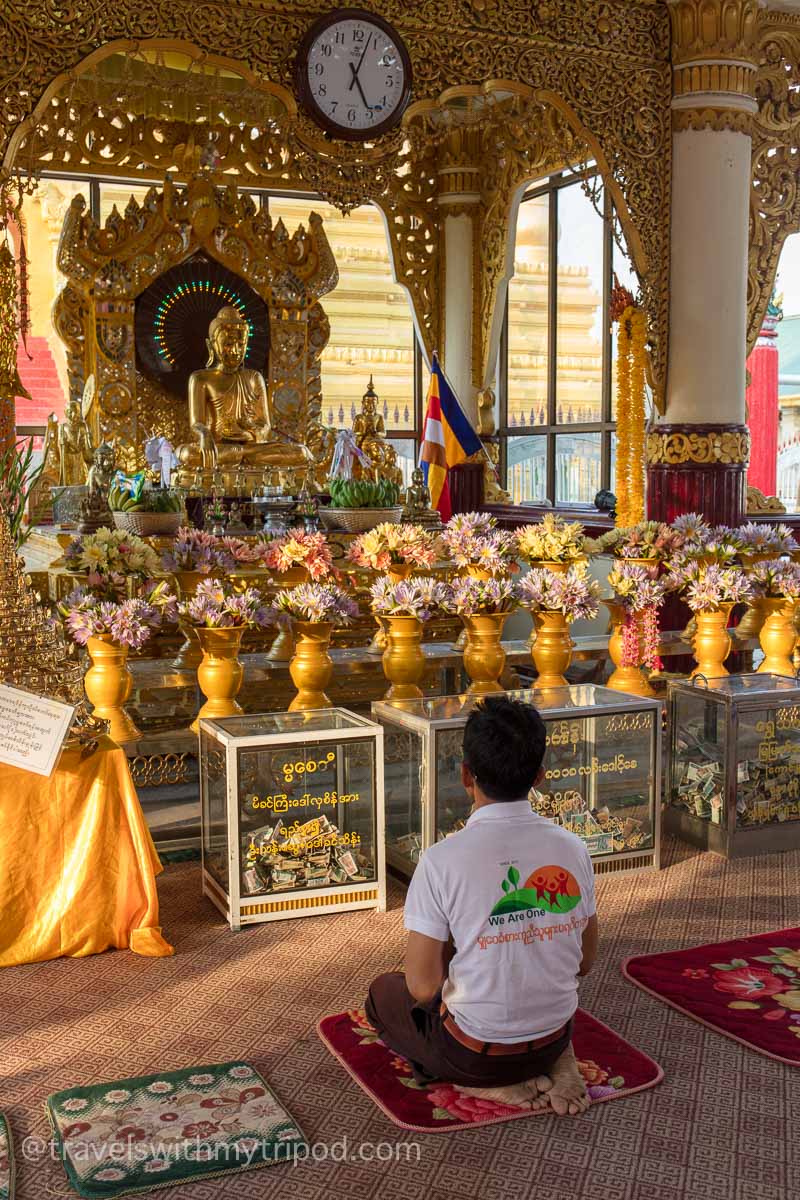
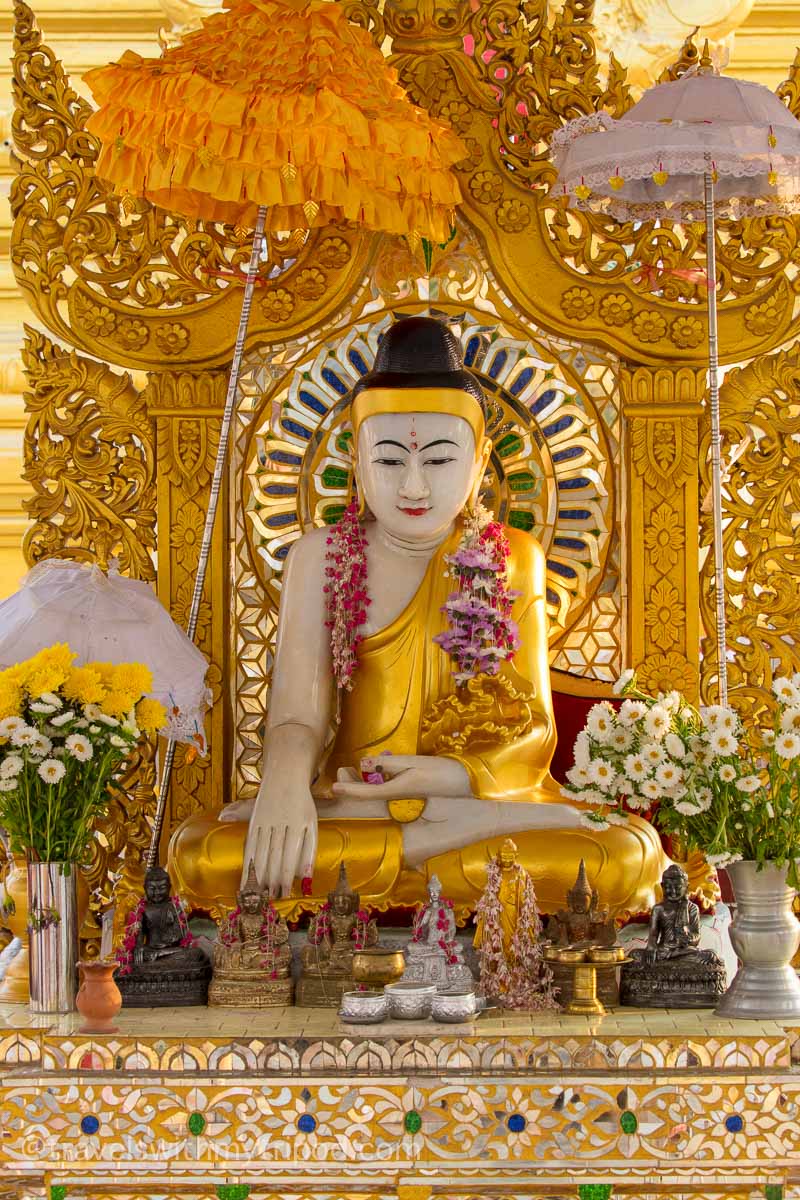
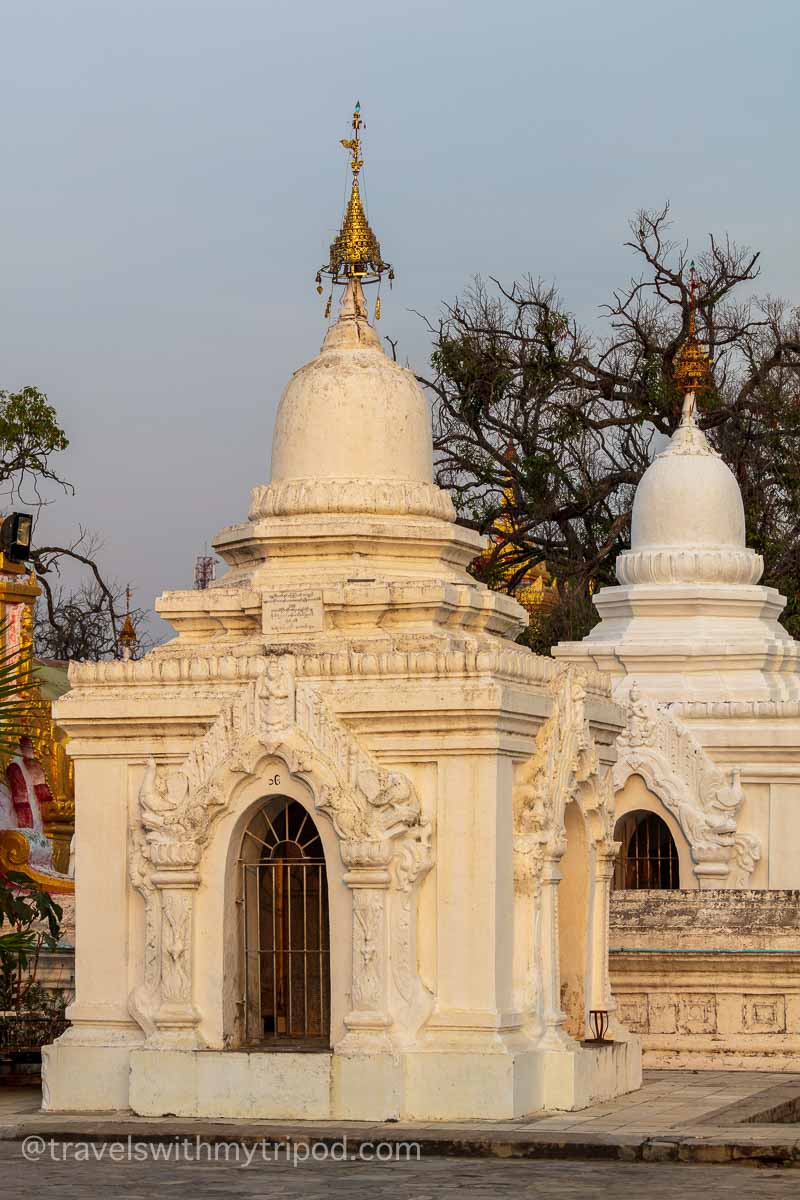
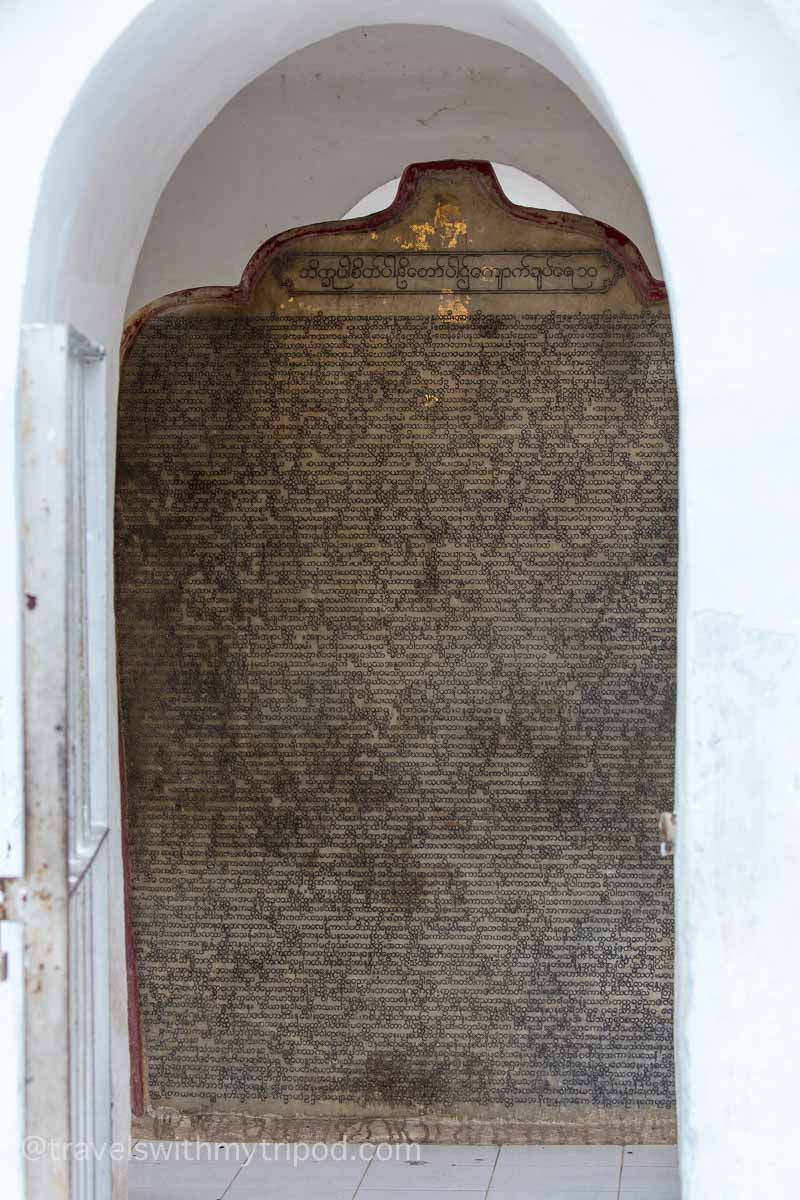
Mandalay Palace
The Mandalay Palace is the last royal palace of the last Burmese monarchy. It was built in the mid 19th-century as part of King Mindon’s founding of the new royal capital city of Mandalay. The main spire reaches into the sky behind the palace wall, which is surrounded by a moat.
Sadly most of the palace was destroyed in World War II, however a modern replica was rebuilt in the 1990s.
The still waters of the moat give a lovely reflection of the gorgeous pink tones in the sky at dusk.
